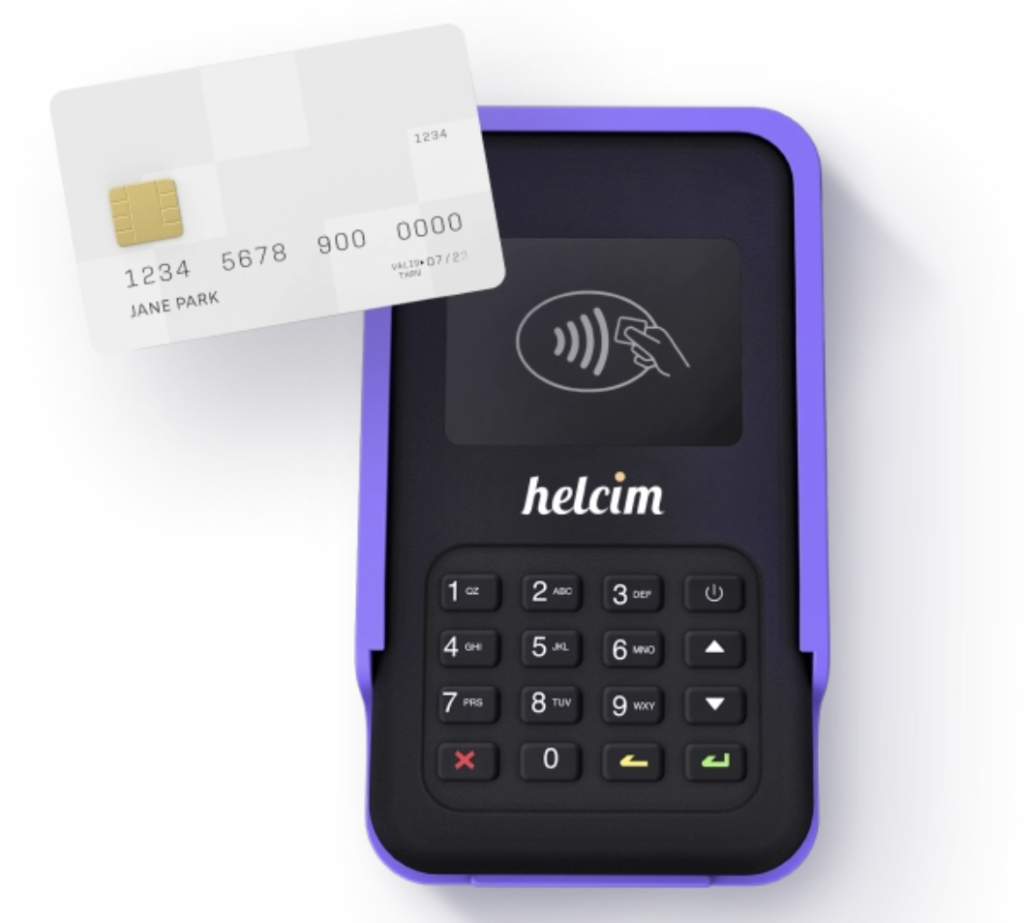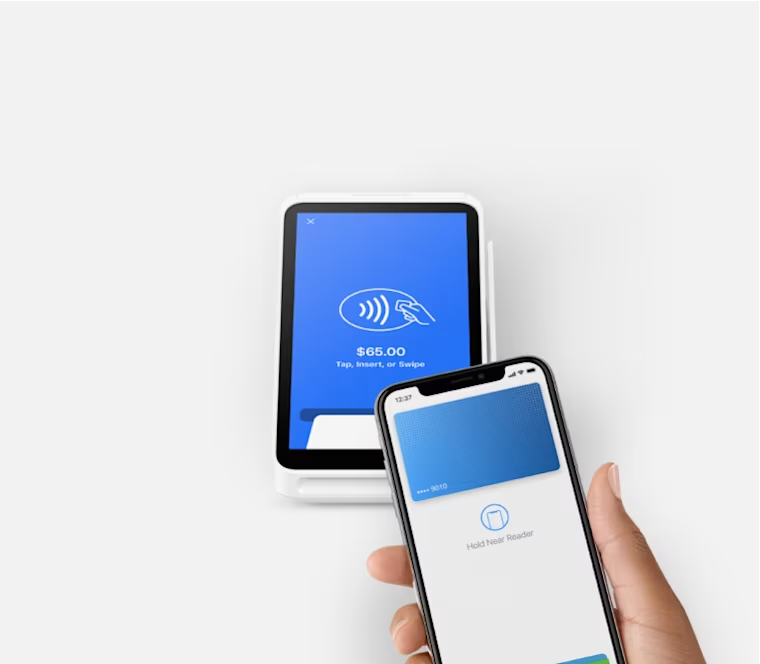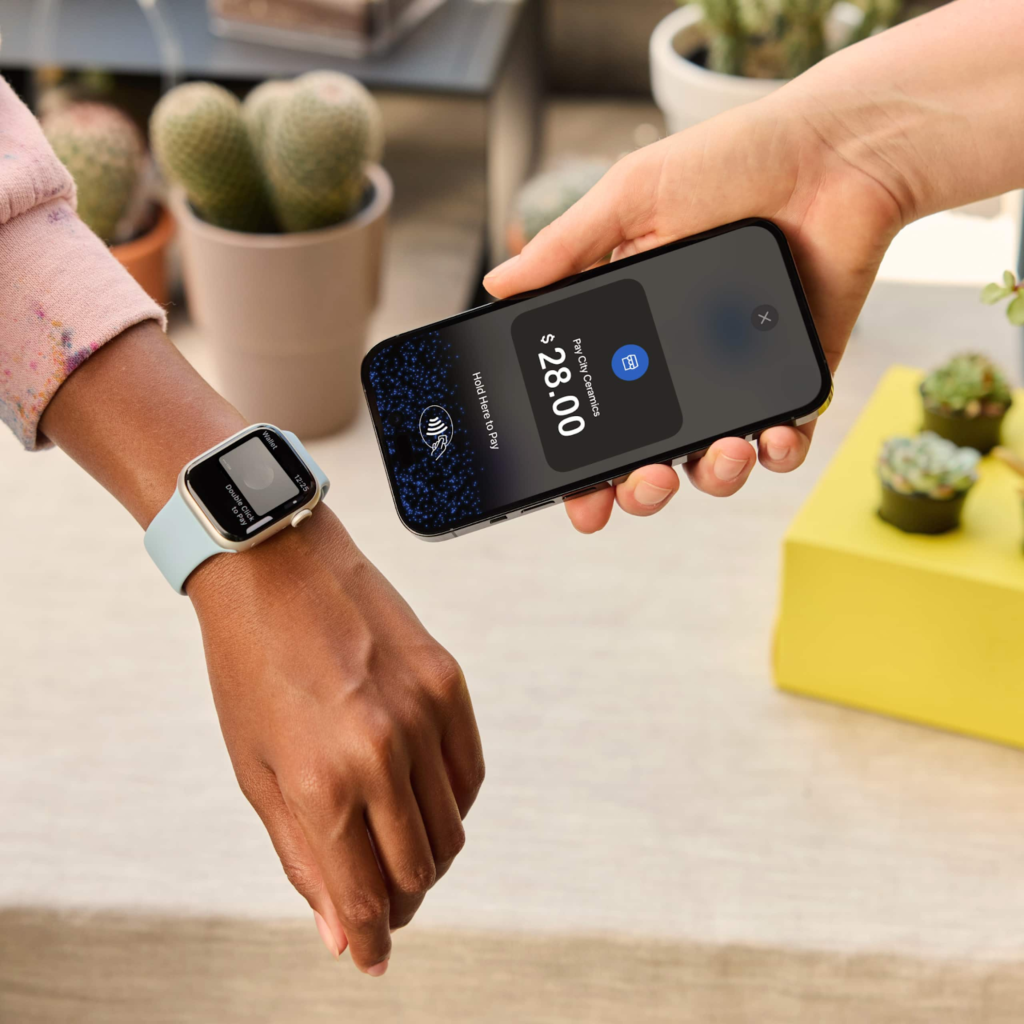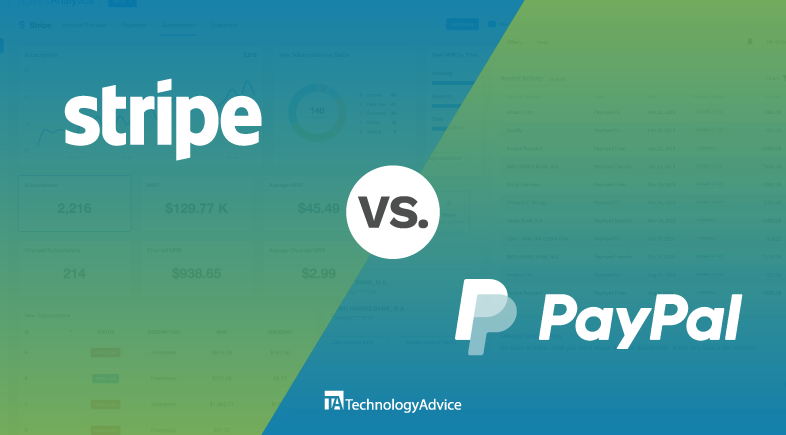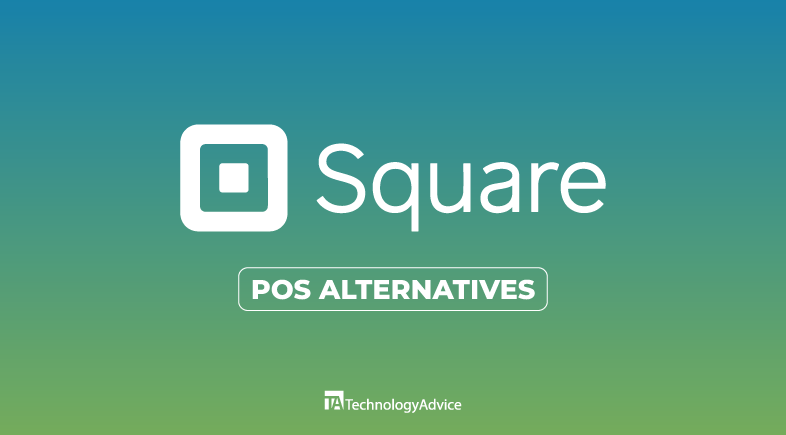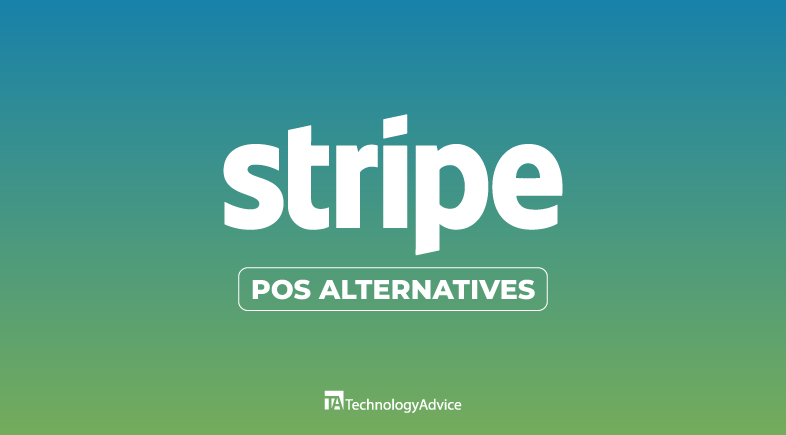With increasing consumer preference for contactless transactions, adopting NFC technology can provide your business with a competitive edge while also future-proofing your payment systems.
Key takeaways
- NFC payments provide a fast and secure contactless alternative to traditional payment methods.
- Transactions occur via encrypted data exchange between NFC-enabled devices and terminals.
- Businesses that accept NFC payments provide a positive checkout experience that promotes customer loyalty.
What are NFC mobile payments?
Near-field communication (NFC) payments are contactless transactions that use short-range wireless technology to enable seamless digital payments via encrypted radio signals. Transactions are initiated using smart devices, such as phones and watches, as well as cards with EMV chips held within close proximity to NFC-enabled payment terminals.
Popular NFC payment solutions include Apple Pay, Google Pay, and Samsung Pay. Businesses that adopt NFC payment systems benefit from faster checkout experiences, enhanced security, and improved customer satisfaction.
NFC vs other contactless payment methods
Compared to other contactless payment methods, NFC payments are typically more secure but offer less mobility.
Feature
NFC Payments
RFID
QR Code Payments
Communication Type
Two-way
One-way
One-way
Range
< 2 inches
Up to several feet
Requires camera scan
Security
High (encrypted, tokenized)
Lower (passive tracking)
Moderate (secure QR generation)
Use Cases
Payments, access control
Inventory tracking
Payments, marketing
How NFC payments work
NFC technology enables wireless data exchange over short distances — typically less than two inches. When a customer taps an NFC-enabled payment device on a compatible reader, encrypted payment credentials are transmitted, verified, and processed within seconds.
Components of NFC transactions:
- NFC chip: Embedded in payment devices and readers to enable secure communication
- Radio Frequency (RFID) technology: Operates at a frequency of 13.56 MHz, ensuring secure close-range communication
- Data security features: A fraud prevention measure that uses tokenization & encryption tools to convert payment data into secure, one-time-use tokens
- Authentication tools: Primarily biometric verification, such as fingerprint or facial recognition, added to smartphones and smartwatches to secure access to the user’s sensitive information.
NFC payment process
- The customer initiates payment using NFC method: An NFC-enabled device (smartphone, smartwatch, or card) is placed near a compatible point-of-sale (POS) terminal.
- The payment gateway receives, authenticates, and encrypts transaction data: The seller’s payment terminal captures the customer’s information, authenticates the transaction, and encrypts the data before sending it to the payment processor for authorization.
- The transaction is validated by the card network and the customer’s bank: The customer’s bank verifies the account and ensures that the customer has enough funds to cover the cost of the transaction. If the customer chooses to use their card, the information goes through the card network for assessment and application of interchange fees.
- The transaction is approved: If the customer’s bank approves the transaction, both the customer’s and the merchant’s device displays a notification, and the transaction is completed.
Related:
How to use NFC payments for your business
To enable NFC payments, businesses must invest in the right hardware and payment processing solutions.
Steps to implement NFC payments
Step 1: Obtain an NFC-enabled card reader: Most modern POS systems include payment terminals with built-in contactless/ NFC readers.
Step 2: Choose a payment processor: Providers like Square, PayPal, and Helcim support NFC transactions.
Step 3: Enable digital wallet transactions: Go to payment settings and enable contactless payment methods, such as Apple Pay, Google Pay, and other mobile wallets, from your merchant account.
Step 4: Train staff and promote NFC usage: Educate your staff on how to process contactless payments. Make sure you display notices of mobile wallet payments you accept at the checkout counter.
Leading NFC payment processors
Below are some popular payment processors that support NFC payment apps and tap-to-pay methods.
Provider
Best for
NFC reader cost from
Contactless processing fee
Square
Free POS and payment solution
$59
2.6% + $0.15 per transaction
PayPal
Add-on payment method
$29
2.29% + $0.09 per transaction
Helcim
Growing retailer businesses
$99
From Interchange + 0.16% + $0.06
Toast
Restaurants
$0
From 2.49% + $0.15
Also read:
Pros and cons of NFC payments for businesses
Pros
- Improved customer experience
- Enhanced security
- Boosts operational efficiency
- Growing popularity among consumers
Cons
- Initial setup costs
- Some security concerns
- Unpopular with certain demographics
Benefits
For businesses looking to streamline payment processing, enhance security, and improve customer satisfaction, NFC payments offer a versatile solution.
Improved customer checkout experience
According to Mastercard, NFC payments are up to 10 times faster than traditional chip or cash transactions, reducing wait times and improving customer flow. NFC transactions are quick, convenient, and efficient, improving customer buying experience and building loyalty.
Enhanced security
Unlike traditional magnetic stripe cards, NFC transactions are difficult to skim or replicate. NFC payments incorporate encryption, tokenization, and biometric authentication (e.g., fingerprint or facial recognition) to significantly reduce fraud risks.
Operational efficiency
NFC technology minimizes the need for cash handling and speeds up transaction processing, which streamlines business operations and reduces administrative overhead.
Increased consumer adoption
Businesses that accept NFC payments cater to a growing segment of digital-first consumers, leading to higher transaction volumes and improved sales conversion rates. As Gen Z takes over the working class, their preference for digital payments makes adding NFC-enabled payment terminals a critical strategy in keeping your business competitive.
Challenges
On the other hand, here are some disadvantages that business owners encounter with NFC mobile payments. By addressing these challenges, businesses can harness the full potential of contactless technology.
Initial setup costs
Adopting NFC payment systems requires investment in compatible POS terminals, software integrations, and staff training, which can be a barrier for small businesses.
Security concerns
While NFC payments are highly secure, there are still potential vulnerabilities. For example, stealing NFC-enabled cards that don’t require PIN verification to authenticate a payment can lead to unauthorized purchases.
Unpopular with some demographics
Despite rapid global adoption, some demographics remain hesitant due to a lack of awareness or concerns about digital payments. For example, older generations from the age of 45 may prefer the familiarity of traditional credit cards, cash, and checks.
Also read: Credit Card Processing Fees: Complete Guide
The future of NFC payments
NFC mobile payments are experiencing rapid adoption, with the global contactless payment market projected to grow from $52.11 billion in 2024 to $196.18 billion by 2033 (CAGR of 15.87%), according to the latest report by Fintech Futures. Businesses that integrate NFC technology now will be well-positioned for a future dominated by digital transactions.
Consumer preference for fast and secure digital transactions will continue to drive contactless payment growth with methods such as tap to pay gaining popularity. Discover’s insights into the 2025 payment landscape show that 73% of consumers would use tap to pay at checkout.Meanwhile, Juniper Research predicts that over two-thirds of the global population will be using a mobile wallet by 2029. Businesses that proactively adopt and optimize NFC technology will gain a competitive edge in meeting evolving customer expectations.
Square is an all-in-one POS and payment solution that offers a wide range of NFC-enabled payment hardware. You can choose from simple mobile card readers to smart terminals and countertop devices available in monthly installments.
Square also offers a feature-rich free plan that includes industry-specific POS software and an integrated payment processor that supports most digital wallet platforms. Create your free Square merchant account today.
Also read: 8 Best Credit Card Readers for Small Business
FAQs
Related Posts:



